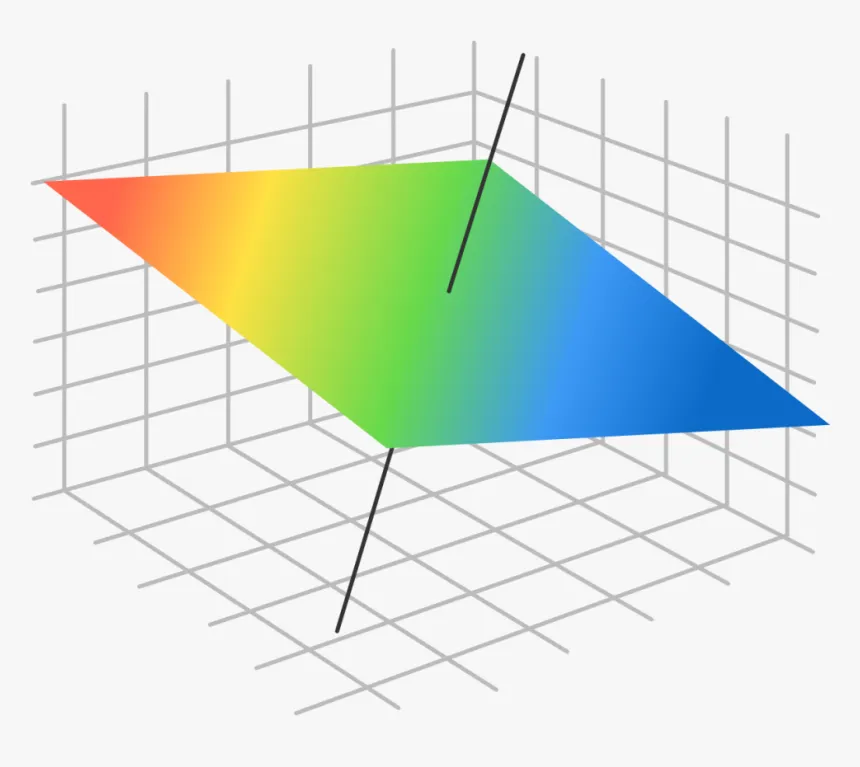WELCOME TO EDUCATION COMPANION
Welcome to our website. Education companion is the world leading center for online courses, ranging from academic courses for students through to professional, well designed interactively for easy grasp and to satisfy your various needs for knowledge update.
Explore our Quality Courses and pick those that suit your needs
Meet the best of education professionals who are always ready to give their level best to help you grow your career or achieve your academic goals
Meet our Professional team

John PeterAssistant Academic Manager
Very dedicated and high qualified professional in Education

Mervis MemphisICT Assistant
The very competent professional who works restlessly to make sure there is continuous access to our contents

Juliet MalamoCreative Designer
The Person who regularly appreciates the smoothness of our presentations, to make sure they suit everyone's tate.
Please visit our blog as well, which is designed to inform our customers, and also to give them some motivational energy as well as entrepreneurial inspiration
Kindly Visit our Blog and Explore more of our Contents
1 Great Way to Find a job no experience!
Introduction The job today is something that everyone cries for. However, with the advent of the information age, it gets easier and easier to find
Zambian Secondary School Science Syllabus G10-12
This is the Zambian Secondary School Science Syllabus, 2013 version produced by the Zambian Curriculum Development Centre (CDC). This syllabus has been uploaded to help
Here are 2 Best Study Techniques for exams
Study techniques for students relevance can be easily understood if we recall the effects of academic performance on learners’ self-esteem and self-concept. People have different
Self-esteem and self-concept: 4 Amazing Facts
Finalised Zambian O-Level Physics Syllabus Form 1-4 Dec 2024
This is the Zambian O-level PhysicsPhysics (from Greek: physis "nature") is a natural scienceNatural science refers to all the sciences involved in the s... More ... More Syllabus Form 1-4, Dec. 2024 version, produced by the Zambian
The Math of Music: How Notes and Numbers Connect 🎵
In this exploration of the math of music, we will delve into how notes and numbers connect, revealing the underlying mathematical principles that shape the melodies and harmonies we cherish.
PROPERTIES OR EFFECTS OF STATIC ELECTRICITY
This post aims to demonstrate and explain the properties and effects of static electricity, shedding light on its significance and implications for everyday life and











